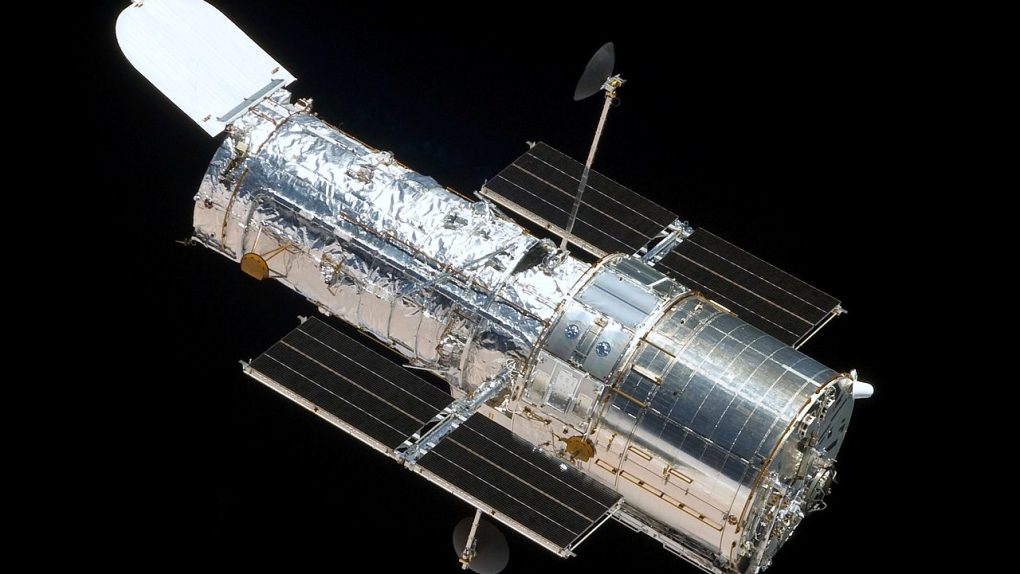NASA’s Hubble has been experiencing a bit of unexpected downtime lately. The aging space telescope was forced to enter a default “safe mode” state when it began experiencing problems with the gyroscopes that it uses for orientation. Now, it seems as though NASA might have fixed the problem, even though they aren’t quite sure what the issue was in the first place.
In a new update, NASA explains the steps it’s taken to resolve the issue that it detected with the Hubble’s backup gyroscope in the wake of a separate gyro failure on October 5th. When the first gyro failed, the backup gyro began spinning for the first time in nearly eight years, and that’s when things started to get a bit scary.
The backup gyroscope should have been ready to act as an immediate stand-in for the failed gyro, but that wasn’t the case. The backup began sending back some seriously messed-up data, including higher than expected rotation rates. This caused the telescope to enter safe mode so NASA engineers could figure out what was wrong.
To start, NASA did what any ISP phone support rep would do; they turned it off and back on again. The gyroscope showed no signs of improvement, so engineers had to try something different.
“On Oct. 18, the Hubble operations team commanded a series of spacecraft maneuvers, or turns, in opposite directions to attempt to clear any blockage that may have caused the float to be off-center and produce the exceedingly high rates,” NASA explains. “During each maneuver, the gyro was switched from high mode to low mode to dislodge any blockage that may have accumulated around the float.”
This technique seemed to improve, but not totally correct, the gyroscope’s issues, so a second round of maneuvers was performed which ultimately seems to have brought the gyro back to reality.
The Hubble team conducted additional tests to make sure the gyroscope continued to perform as expected, and it will be monitoring the telescope’s behavior closely to ensure that it is indeed ready to return to normal operations.
NASA still isn’t exactly sure what the problem was — aside from some the vague “blockage” the gyroscope was being hampered by — but that’s to be expected when working with hardware that sits dormant for years at a time.








